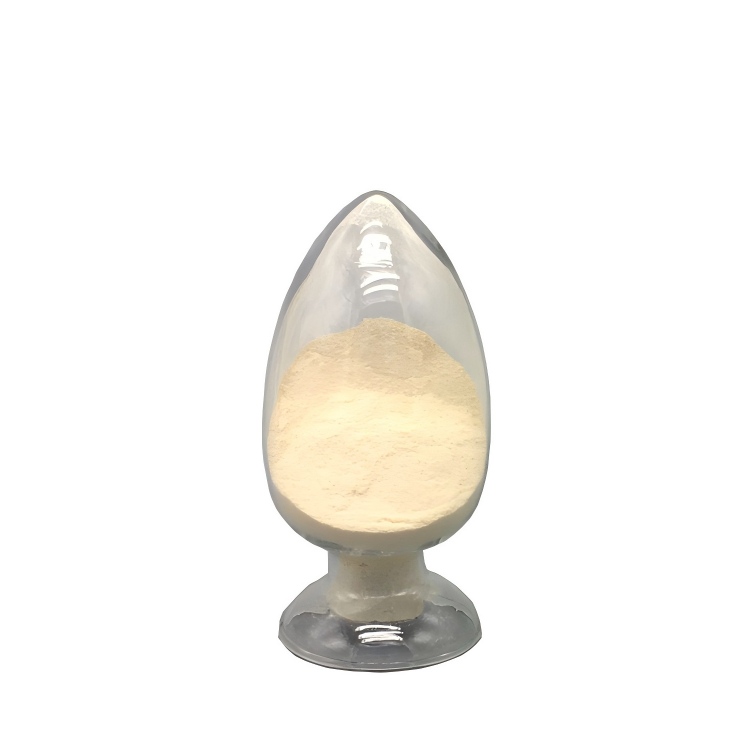What is Olivetol?
Olivetol: A Dual-Acting Antioxidant and Anticholinergic Agent with Therapeutic Promise
Olivetol General Description
Olivetol demonstrates potent antioxidant activity, as evidenced by its strong reducing power in Fe31(CN2)6 and cupric ion reduction assays, as well as effective radical scavenging ability in DPPH, ABTS-1, and superoxide anion scavenging tests. Additionally, it exhibits notable enzyme inhibition, particularly on hCA I and II isoenzymes, AChE, and BChE enzymes, indicating potential therapeutic applications in conditions related to these enzymes. Olivetol's potent antioxidant capacity—demonstrating parity or superiority to benchmark antioxidants—supports its development as a dual-functional agent targeting oxidative stress pathophysiology and acetylcholinesterase inhibition. Subsequent preclinical validation of its therapeutic index and comprehensive safety assessment are required prior to clinical advancement.
 Figure 1. Olivetol
Figure 1. Olivetol
Antioxidant Activity
Olivetol is a compound that exhibits potent antioxidant activity, as demonstrated by various antioxidant assays. Antioxidants play an important role in inhibiting the oxidation process in both food and biological systems. One of the methods used to measure antioxidant activity is the Fe31(CN2)6 reduction procedure. Olivetol showed strong reducing activity when compared to standard compounds such as a-tocopherol, trolox, BHT, and BHA. The reducing power of bioactive compounds indicates their electron-donating capacity and is associated with antioxidant activity. Similarly, olivetol exhibited significant cupric ions (Cu21) reducing power, indicating its ability to reduce these ions. The results were comparable to standard reducing agents like BHA, BHT, a-tocopherol, and trolox. The FRAP procedure also confirmed the reducing power of olivetol. Higher absorbance values indicated a higher reducing ability of the Fe31-TPTZ complex, and olivetol demonstrated effective FRAP reduction ability. Furthermore, olivetol exhibited radical scavenging activity in the DPPH and ABTS-1 assays. Lower IC50 values indicate higher scavenging activity, and olivetol showed lower IC50 values than positive controls such as BHA, BHT, trolox, and a-tocopherol. In the DMPD-1 assay, olivetol displayed moderate scavenging activity for DMPD?1 radicals, with an IC50 value higher than trolox but lower than the other reference agents. Lastly, olivetol showed moderate superoxide anion radical (O2\bullet2) scavenging activity. The IC50 value for olivetol was higher than that of BHA, BHT, a-tocopherol, and trolox. In summary, Olivetol demonstrates significant antioxidant efficacy across multiple assays, encompassing reducing power, radical scavenging, and superoxide anion quenching. This robust activity profile positions it as a viable natural antioxidant for applications in food preservation and biological systems.
Enzyme Inhibition
Enzyme inhibition is an important aspect of studying the pharmacological effects of compounds. In a study, researchers investigated the inhibitory activity of Olivetol on various enzymes, including hCA I and II isoenzymes, AChE, and BChE enzymes. The results showed that Olivetol exhibited significant inhibition activity on both hCA I and II isoenzymes, with Ki values of 88.05 ± 11.15 nM and 178.27 ± 35.94 nM, respectively. This suggests its potency in inhibiting these enzymes, which could have potential therapeutic applications in conditions related to them. Olivetol also effectively inhibited BChE and AChE enzymes, with Ki values of 3.40 ± 0.34 nM and 2.73 ± 0.18 nM, respectively, indicating a stronger inhibitory effect than the standard compound TAC. These findings suggest that Olivetol has potential therapeutic applications in conditions related to the targeted enzymes, such as glaucoma and neurological disorders. Further research is warranted to explore its full pharmacological potential. Collectively, this investigation underscores enzyme inhibition profiling as a critical approach for deconvoluting the pharmacological mechanisms of bioactive compounds.
Potential Applications
Olivetol is a naturally occurring organic compound with potential clinical applications. It has been found to possess antioxidant properties, which can help reduce the propagation of reactive oxygen species and free radicals in the body, leading to a decrease in chronic diseases, DNA damage, mutagenesis, pathogenic bacterial growth, and carcinogenesis. The antioxidant activity of olivetol has been compared to other well-known antioxidants like BHA, BHT, trolox, and a-tocopherol, and it was found that olivetol has comparable, if not higher, antioxidant capacity. Apart from its antioxidant properties, olivetol has also been studied for its potential as an acetylcholinesterase inhibitor, which can interact with AChE in the body and be used as toxins and drugs. One example of a well-recorded CA inhibitor, AZA, along with other CA inhibitors such as methazolamide, topiramate, and zonisamide, have been used for the therapy of epileptic disorders and epilepsy. Olivetol demonstrates significant promise as a dual-target natural compound, exhibiting potent antioxidant activity and acetylcholinesterase inhibition with potential clinical utility in oxidative stress-related pathologies. Further investigation is warranted to comprehensively characterize its therapeutic scope and safety parameters. 2
1. Parham T. Antioxidant and anticholinergic properties of olivetol. J Food Biochem, 2018: e12516.
2. Hładyszowski J, Zubik L, Kozubek A. Quantum mechanical and experimental oxidation studies of pentadecylresorcinol, olivetol, orcinol and resorcinol. Free Radic Res, 1998, 28(4): 359-368.
Leave A Message
Scan to Wechat/Whatsapp :

